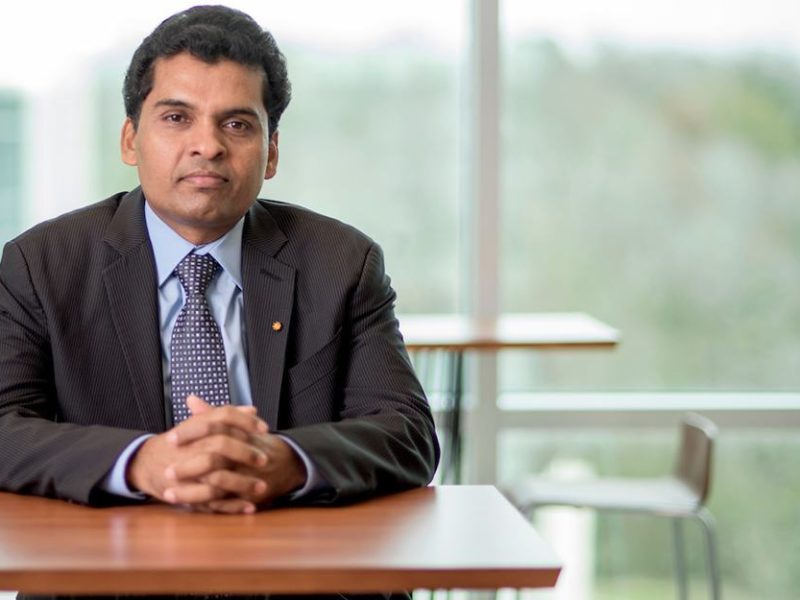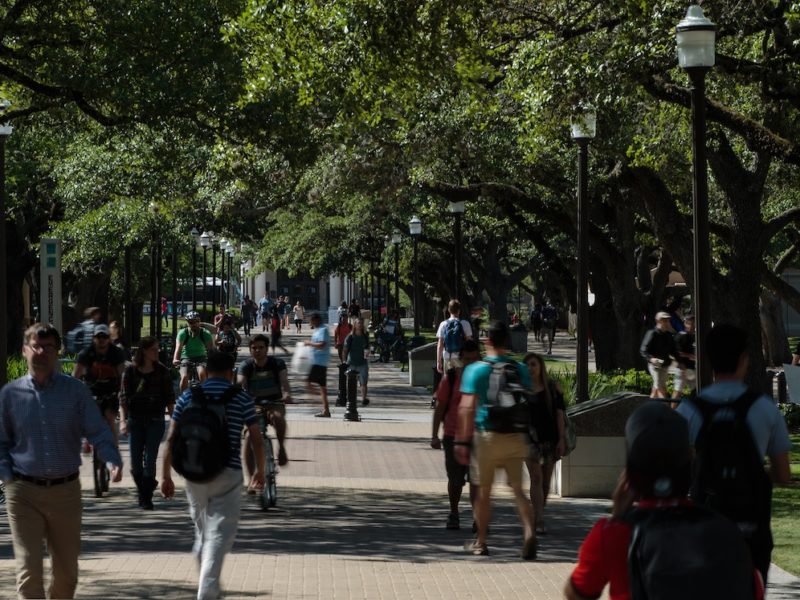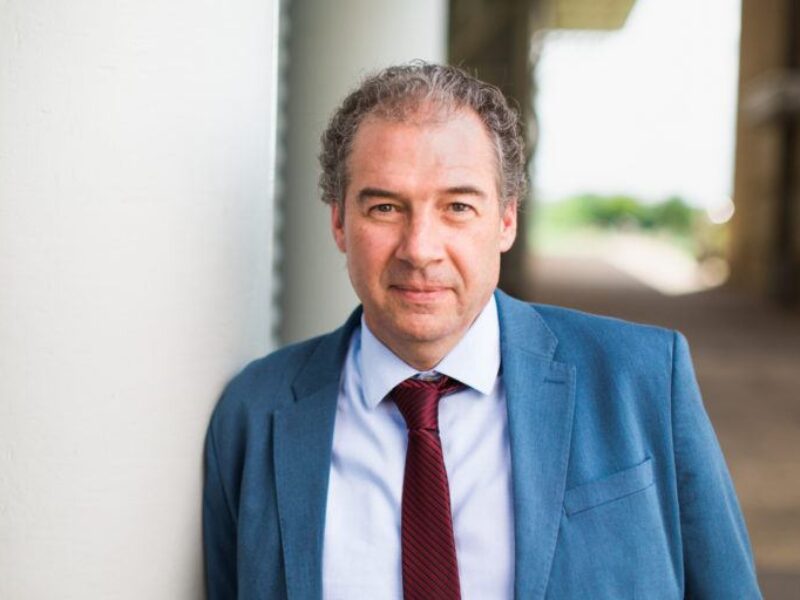High-Impact Education
“It has shown me that everything influences health,” said Katelyn Franck, an animal science major at Texas A&M University. She was talking about the One Health learning community, a non-credit course experience for first-year students majoring in any of a variety of fields. It introduces them to the concept of One Health: the collaborative effort of multiple disciplines working locally, nationally, and globally to attain sustainable optimal health for the ecosystem.
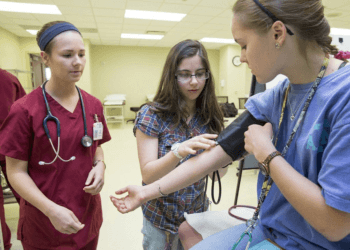
The goal of the One Health learning community is to “allow students to have the opportunity to see One Health in action,” said Merrideth Holub, the One Health program coordinator. This community, which is for college freshmen and occasional sophomores at Texas A&M, is being offered for the third time. Since its inception, this community has hosted over 50 students. Lectures, field trips, and other activities show how humans, animals, and the environment are interdependent.
Holub, who earned a bachelor’s and master’s degree from Texas A&M, was hired in part to develop educational programs in One Health, including the learning community. Students don’t pay or get academic credit for participating, but the course does appear on their transcripts.
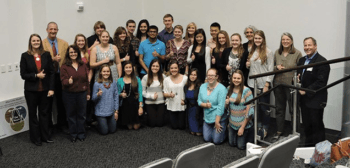
The learning experiences for the community cover a diverse array of topics illustrating One Health. These topics include antimicrobial resistance, zoonotic diseases, and architecture influencing health. Students visit the Clinical Learning Resource Center at the Texas A&M Health Science Center to see the birthing station and participate in taking vital signs. They also talk with the Veterinary Emergency Team about field preparation and deployment. “These hands-on experiences help solidify relationships between the students,” said Dr. Christine Budke, associate professor in Veterinary Integrative Biosciences at the Texas A&M College of Veterinary Medicine & Biomedical Sciences. “The students are inquisitive and engaged. It’s after normal class hours; they really want to be there.”
Students learn the importance of the environment through a variety of case studies. For example, in a neighborhood just east of downtown Austin, people can walk from their homes to destinations such as grocery stores, theaters, and shopping areas. Therefore, the design of the community helps to ensure residents incorporate exercise into their daily routines. The area is reclaimed from the site of the old Austin airport in a “sustainable, economically viable way,” said Dr. Xuemei Zhu, associate professor of architecture at Texas A&M.
Media contact: tamunews@tamu.edu.
